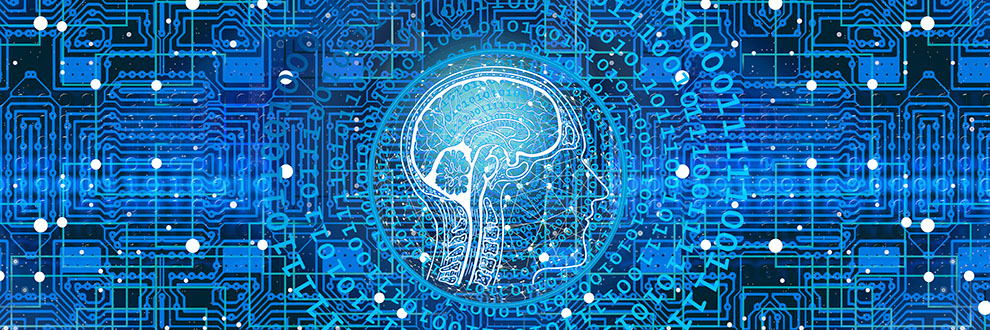
Extracting information from brain signals
High density electroencephalography (hdEEG) provides an accessible but indirect tool to record brain activity in real time. While the recorded signals encode a large amount of information, it is not straightforward to interpret them. This would be extremely useful for several potential applications such as disease diagnosis and monitoring. Researchers at the Center for Complexity and Biosystemts of the University of Milan, coordinated by Caterina La Porta from the Department of Environmental Science and Policy, have devised a new method to visualize and analyze hdEEG recordings based on a multilayer network representation. The work was just published in the journal Frontiers in Network Physiology.
A network representation provides an intuitive picture of the spatial connectivity underlying an hdEEG recording. In order to minimize the information lost in the network projection, CCamp;B researchers have constructed an algorithm that creates a network while maximizing the information content. The algorithm was then tested on hdEEG signals recorded during sleep in individuals with mental health issues by researchers at the Department of Health Sciences of University of Milan who collaborated to this research. The work also involved researchers at the Physics Department “Aldo Pontremoli” and at the Department of Biomedical and Clinical Sciences ‘Luigi Sacco’ of the University of Milan.
“By computing a set of statistical indicators of the network topology, we were able to reveal significant differences between patients with mood disorder and healthy subjects,” explains Stefano Zapperi who coauthored the study. “The analysis also indicates that patients display a highly correlated activity in some regions of the brain”, adds Caterina La Porta, “a very important result, because we could use our algorithm to identify patients directly from non-invasive hdEEG recordings with potential applications of the method also to other pathological conditions.”
Read the paper:
Font-Clos F, Spelta B, D’Agostino A, Donati F, Sarasso S, Canevini MP, Zapperi S and La Porta CAM (2021)
Information Optimized Multilayer Network Representation of High Density Electroencephalogram Recordings.
Front. Netw. Physiol. 1:746118. doi: 10.3389/fnetp.2021.746118
https://www.frontiersin.org/articles/10.3389/fnetp.2021.746118/full
